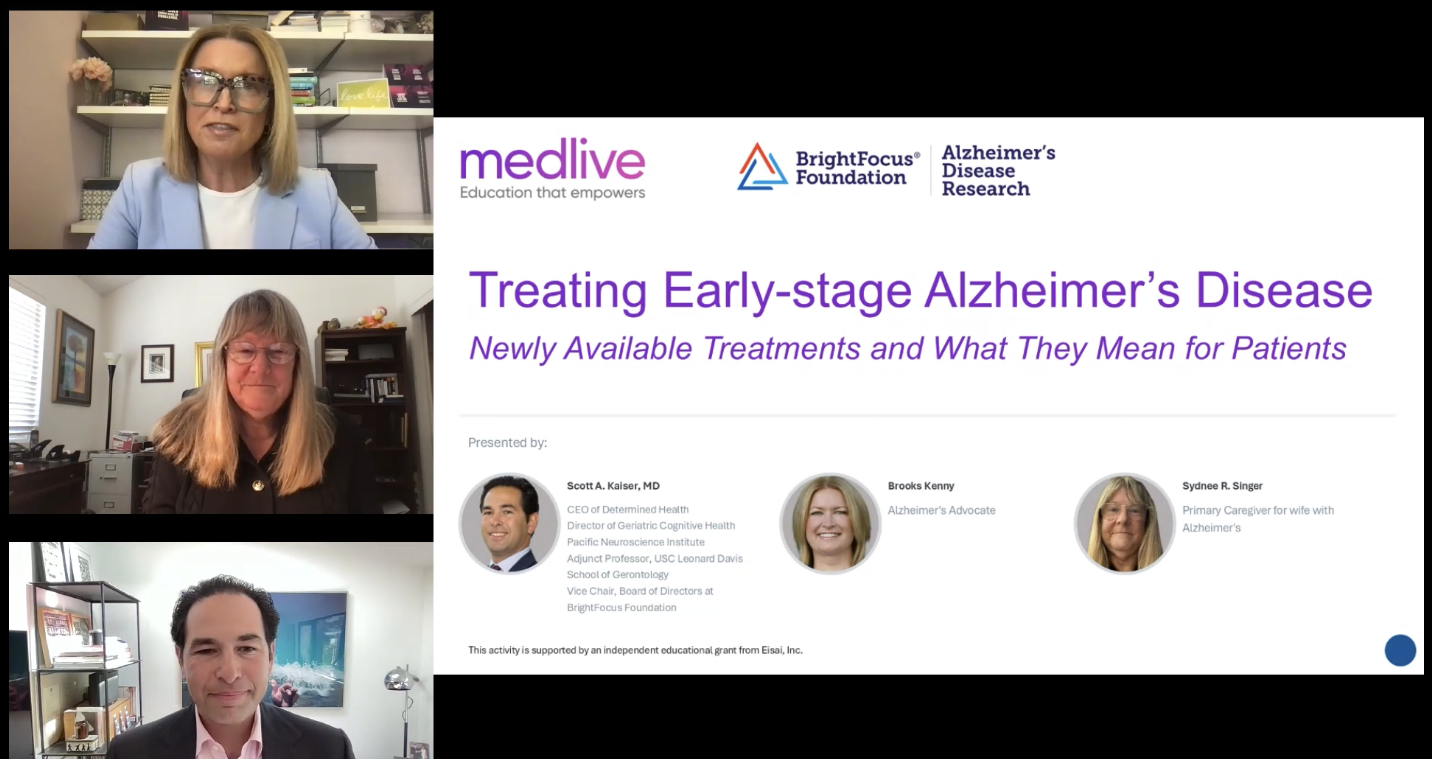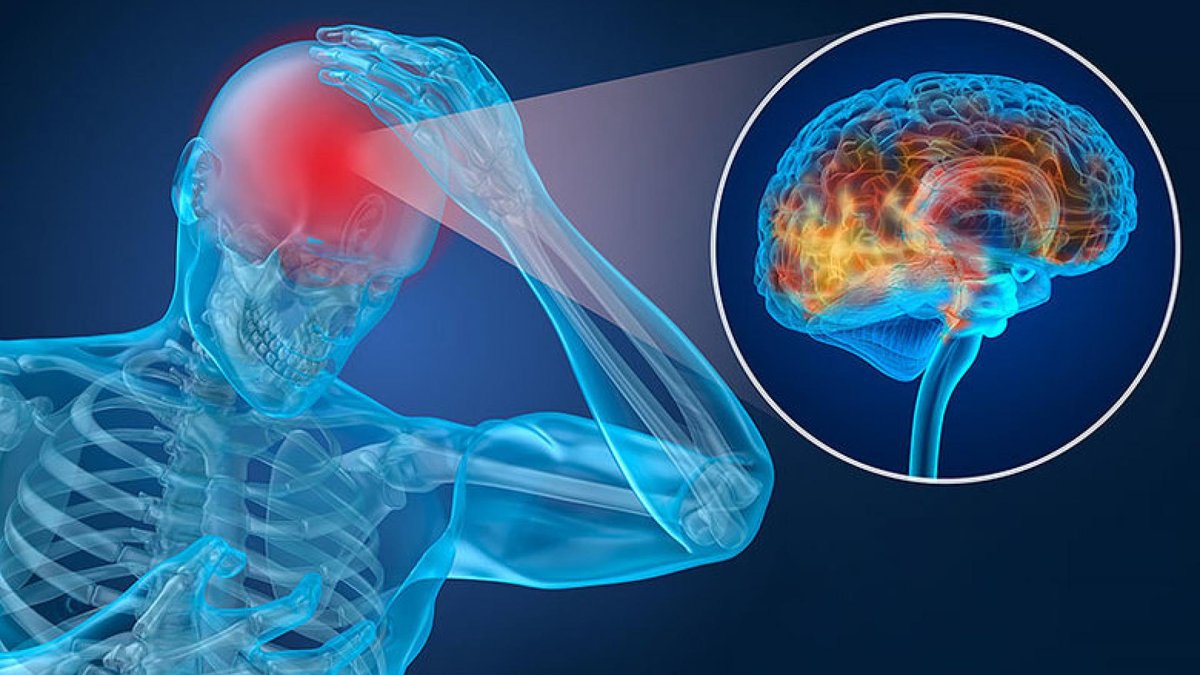
There is a high physical and emotional strain associated with caregiving for someone with Alzheimer’s disease or dementia. By taking care of your own well-being, you will benefit as well as those around you, including your care recipient.
Approximately every five years since the 1990s, the AARP Public Policy Institute and the National Alliance for Caregiving have studied the effects of caregiving in the United States. The most recent study report, “Caregiving in the U.S. 2020,” presented the findings of several core areas in caregiving. Among them were demographic characteristics of caregivers and care recipients, prevalence of caregivers in the U.S., the nature of caregiving activities, and how caregiving affects caregiver stress, strain, and health.
Just as in the previous studies, the 2020 findings were not surprising. And many of the outcomes were worse than in previous studies. The findings provide more current information about caregiving in the U.S. and remind us how difficult caring for someone is, including a person with Alzheimer’s or other type of dementia.
Some findings from the 2020 study:
- Of the approximately 53 million unpaid caregivers in the U.S., 26 percent of them (13.8 million), report their loved one suffers from Alzheimer’s or dementia, among other conditions. This is up by 4 percent since the previous study in 2015.
- Sixty-one percent of caregivers are female. Thirty-nine percent are male.
- The average age of caregivers in the U.S. is 49.4 years.
- Sixty percent of caregivers work full-time – in addition to caregiving.
- Seven percent are 75 years of age or older.
- The most common activity of daily living assistance was help with transfers in and out of beds and chairs. The most difficult activity of daily living caregivers assist with are dealing with incontinence or diapers, helping the recipient to and from the toilet, and providing bathing or showering assistance.
- Caregiver self-rated health declined in the years between 2015 and 2020. Comparatively, the general U.S. population self-rated health improved.
- Thirty-six percent of caregivers considered their caregiving situation to be highly stressful.
If you see yourself in any of these statistics, you know well the stress, the strain, and the risks to your own health. What can be done to improve your well-being?
Three Steps to Improve Your Well-Being
Making changes can be difficult, especially as a caregiver, when you are too busy to put yourself first. But it is certainly possible—and necessary.
James Clear, author of the book Atomic Habits, describes “atomic habits” as behaviors that are repeated enough times to become automatic. They are those small, routine steps we take, day after day, that move us toward a goal. His model starts with the basic processes one can take to build good habits. We will use the first three processes to illustrate how to move toward a goal of reducing daily stress.
Goal: Reduce daily stress
1. The “Point and Call” system for our personal lives. Using it can help you become more aware of your current behavior and how it is serving you.
Make a list of your daily behaviors, and then give each behavior a + or -, for whether these behaviors are serving your goal of reduced stress. You might take a period of your day and list each behavior in that period, then label each + for effective, or – for not effective. Going through this process creates an awareness of each one. As an example, spending time online, while filling in your time, may be counterproductive to your well-being. Only you know that, and writing it down, may create awareness.
2. The “Implementation Intention” plan is one you make beforehand about when and where to act, or how you intend to act. Using reducing daily stress in this process, fill in the following statement (in writing): “I will (behavior) at (time) in (location).”
For example: “I will meditate for 10 minutes upon rising each morning in my bedroom” and/or “I will walk for 15 minutes at the end of my work shift in my neighborhood.”
Clear explains that with the time and location so obvious, with enough repetition, you get an urge to do the right thing at the right time.
3. Habit Stacking is another implementation intention, though instead of specifying a particular time or location as was done in the above example, you pair your new habit with a current habit, something you already do each day. Again, using stress reduction as an example, Clear’s habit stacking formula is, “After I (current habit), I will (new habit).”
For example: “After I get up on Monday, Wednesday and Friday, I will put on my workout clothes and go to the gym.”
These three steps are the first of many processes Clear describes in his book. If you find yourself having difficulty making personal behavior changes, these may be a start. Allow yourself to start small and build habits over time.
You have a big job as a caregiver for someone with dementia or Alzheimer’s. Time for you is sometimes limited. Look for the opportunities in your shared time to include you in that time. Do you play your care recipient’s favorite music? Play some of yours too. Dance around the room. Sing out loud. Where possible, find the joy in the everyday things you do, and remember to fit yourself into the many moments of each day. Remember to have fun. Remember to thrive.
Resources for Caregivers
In addition to changing our own behavior for improved well-being, it may also be necessary to find additional help with caregiving. The resources below may provide some caregiving assistance or support.
- ElderCare Locator: An online and phone resource to help you find caregiver resources in your community.
- Family Caregiver Alliance: Provides online and in-person support groups.
- Veterans Administration: Respite care resources are available for eligible veterans.
- Veterans Administration Homemaker and Home Health Aide Care: A program for eligible veterans who need personal care services and help with activities of daily living. This program is also for veterans who are isolated and their caregivers.
About BrightFocus Foundation
BrightFocus Foundation is a premier global nonprofit funder of research to defeat Alzheimer’s, macular degeneration, and glaucoma. Through its flagship research programs — Alzheimer’s Disease Research, Macular Degeneration Research, and National Glaucoma Research— the Foundation has awarded nearly $300 million in groundbreaking research funding over the past 51 years and shares the latest research findings, expert information, and resources to empower the millions impacted by these devastating diseases. Learn more at brightfocus.org.
Disclaimer: The information provided here is a public service of BrightFocus Foundation and is not intended to constitute medical advice. Please consult your physician for personalized medical, dietary, and/or exercise advice. Any medications or supplements should only be taken under medical supervision. BrightFocus Foundation does not endorse any medical products or therapies.
- Lifestyle










